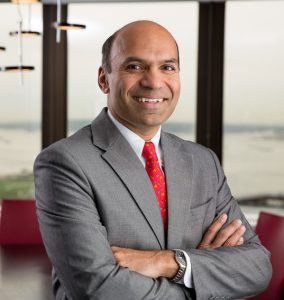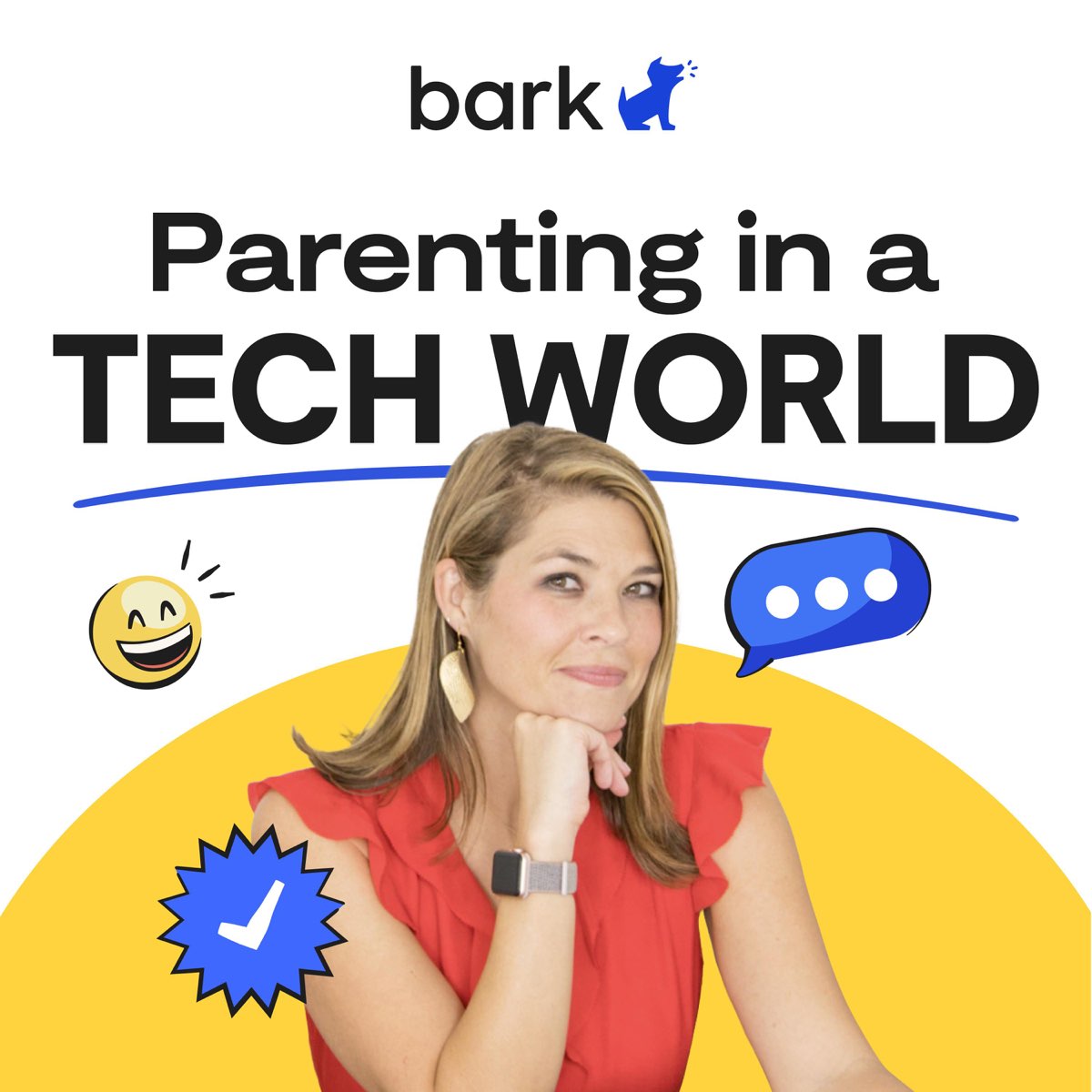 Krishna Nathan, the newest member of Children and Screens’ Board of Directors, is a technology executive with over 30 years of leadership experience at the intersection of business and innovation.
Krishna Nathan, the newest member of Children and Screens’ Board of Directors, is a technology executive with over 30 years of leadership experience at the intersection of business and innovation.
Over the past two decades, Dr. Nathan has served in multiple C-suite roles managing large teams and driving transformative technology strategies. Most recently, he served as Chief Information Officer (CIO) at Viasat, where he led the company’s digital transformation and global workforce strategies. He also co-founded Vaiu Global and held senior executive roles at S&P Global, where he implemented technology strategies aligned with organizational change, and held several roles at IBM ranging from business to research and development.
Early Career
Reflecting on his time as a student, Dr. Nathan notes that he had a wide range of academic and intellectual interests but eventually honed in on a dual focus in computer science and electrical engineering over the course of his Masters and PhD studies. While he initially expected to pursue his own research with a career in academia, he instead chose to participate in a postdoc program with IBM, which, in his eyes, was an extension of his graduate studies.
Dr. Nathan’s early research included work on speech and handwriting recognition technologies, and the use of AI models for these programs. Soon he became interested in the application of these technologies, rather than, as he puts it, “technology for the sake of technology.” Following this turning point, the rest of Dr. Nathan’s career focused on how to derive business value from the use of technology. This included spearheading multiple initiatives examining the potential business opportunities for the use of AI applications, as well as blockchain, IoT and the Cloud.
The Tech of Yesterday vs. the Tech of Today
Interested in evaluating the current digital media environment—and its impact on children—Dr. Nathan finds value in looking to the past. Specifically, he makes note of the tech upheavals seen from the 1980s through the early 2000s—changes spanning his teenage years through the early stages of his career. Dr. Nathan reflected on the democratization of computing through PCs, and later on the initial ease of access of information through the web. “It took a while for us to understand the transformative impact of those changes, both positive and negative…but we understand those impacts reasonably well now.”
For him, this comes in contrast to the current moment of children’s experiences with technology. “If you fast forward to what kids are going through today, there is a confluence of this access to information, and the personalization of that information which did not exist previously.”
Dr. Nathan sees this personalization of information for youth as a potential displacement for social interaction. “This information is so personalized that you feel content in your bubble.” This can replace the need to interact with peers or to seek out alternate sources of information.
He also sees another drawback of hyper-personalized information: children can fall into digital information bubbles, leading to a myopic, narrow view of the world based on the information they’re fed via digital media. Dr. Nathan explains, “at a young impressionable age, if that’s all you see, that’s all you know.”
Along with these known pitfalls of digital media for children, Dr. Nathan notes that there’s plenty we don’t know—and that’s a major concern in its own right. We “simply don’t understand enough” about what today’s technology is doing to affect children’s lives.
Dr. Nathan explained that these changes to the digital media landscape, and its impacts on children (both known and unknown) were part of what motivated him to join Children and Screens’ Board of Directors. Dr. Nathan sees himself as bringing a “technology perspective” to the Board, along with a balanced view of what can be done to make tech work better for children.
Making Informed Decisions to Drive Change
Dr. Nathan makes it clear that the solution is not to wholesale condemn digital media use for youth. “I’m not in the camp of ‘this is all bad’–it’s more a question of ‘what is it really doing and how can we educate the users appropriately?’ Then we can take an informed position and help to work with the tech industry.”
“There are ways of using technology towards this aim rather than turning away from it. I’m hopeful that this is a possibility.” He notes that simply cutting out children’s access to devices like smartphones, computers and the like, is not only unrealistic, but “puts them at a disadvantage going forward. This technology is going to be a huge enabler going forward and our children need to learn how to harness it without being a victim of it.” He advocates for more robust education for youth on the information they find via digital platforms. “We need to make sure that children understand what they’re consuming,” Dr. Nathan explains, noting that this is more important than merely “policing” their digital media use.
One area of opportunity Dr. Nathan sees is to make tech more interactive, and through this interactivity to foster creativity. He explains, “We can influence the media to be more of a back and forth exchange rather than a one-way mirror. With the new Generative AI, there’s a hope that we can craft it so kids are asking questions, getting answers and refining those questions—that feedback is really important, because that’s what fosters critical thinking.”
“I’m really hoping we can make a difference here. This is an important issue for our times.”

Looking Ahead
As he begins his tenure on the Board of Children and Screens, Dr. Nathan brings an experienced, future-focused lens to the challenges facing children in the digital age. With a background that spans academic research, technological innovation, and enterprise leadership, he is well-positioned to help the Institute expand. “I’m really hoping we can make a difference here,” he says. “This is an important issue for our times.”




